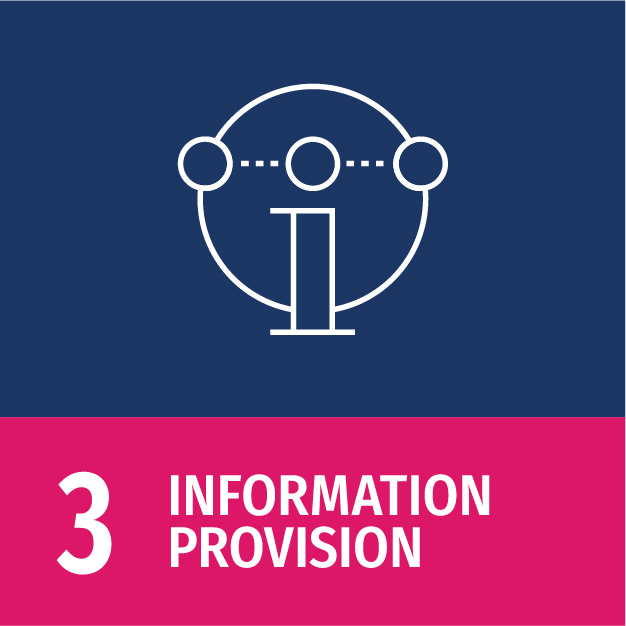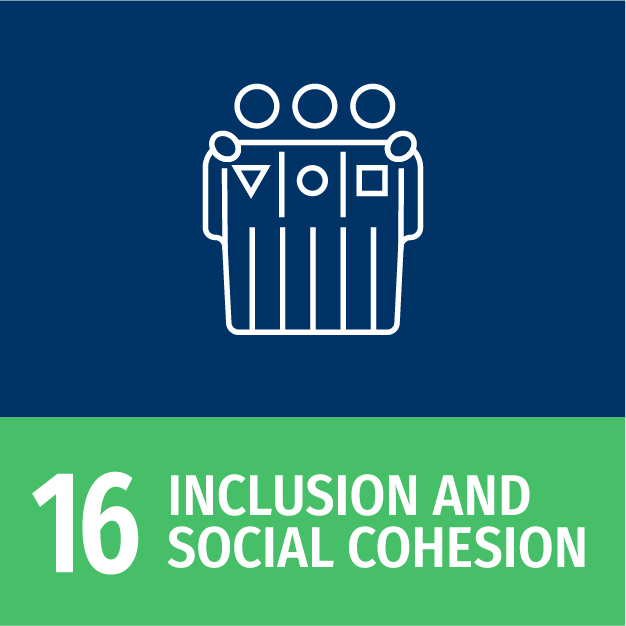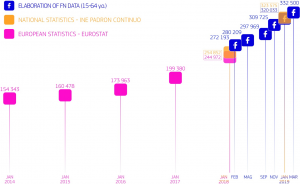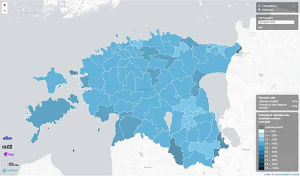
The German Federal Statistical Office tests mobile network data for national population statistics
Summary
The German Federal Statistical Office conducted a pilot study in 2018 exploring the use of mobile network data for more timely national demographic statistics at lower geographical levels. Traditional survey methodologies cannot provide insights on the daily geographic distributions of the population; however, this information is relevant for numerous policy issues, such as for urban planning, healthcare and education systems. In this study, mobile network data of the network operator Deutsche Telekom from 2017-18 of the federal state North Rhine-Westphalia were sourced on an aggregated and anonymized level in cooperation with the enterprise T-Systems (which is a 100% subsidiary of Deutsche Telekom). These signalling data give insights about the number, time and location of mobile events, which could be an indicator for the number of people that are in a certain area at a certain time. Mobile events occur automatically and regularly as long as the mobile device is not switched off and/or in flight mode. Statistical results were validated by comparing them to the 2011 census of the state of North Rhine-Westphalia.
Results
The results of this study generally demonstrated that signalling data mapped the distribution of the population well. The differences that were found between the mobile network data and statistics from the national population census were explained, first, by the temporal differences between when the mobile network and the census data, and second, by the bias of the sampled customers of the network operator; for instance, the socio-demographic composition of the customer group of the network operator affected the results of the signalling data mapping and could help explain why findings partly differed from those of the census. The study concludes that data from all network operators in the country have to be included in order for this methodology to accurately map the German population. Overall, this pilot study demonstrates that an innovative use of mobile network providers’ signalling data allows for the development of a picture of mobility and migration on the national level with a high spatial and temporal resolution. Ongoing research focus on whether mobile network data can be used for intercensal population updates and population projections at a lower spatial level, like INSPIRE-compliant grid cells. In principle, this approach can be replicated in manifold national and international contexts, especially in regions with a good coverage of mobile network services.
(Image: © Computer Bild)




